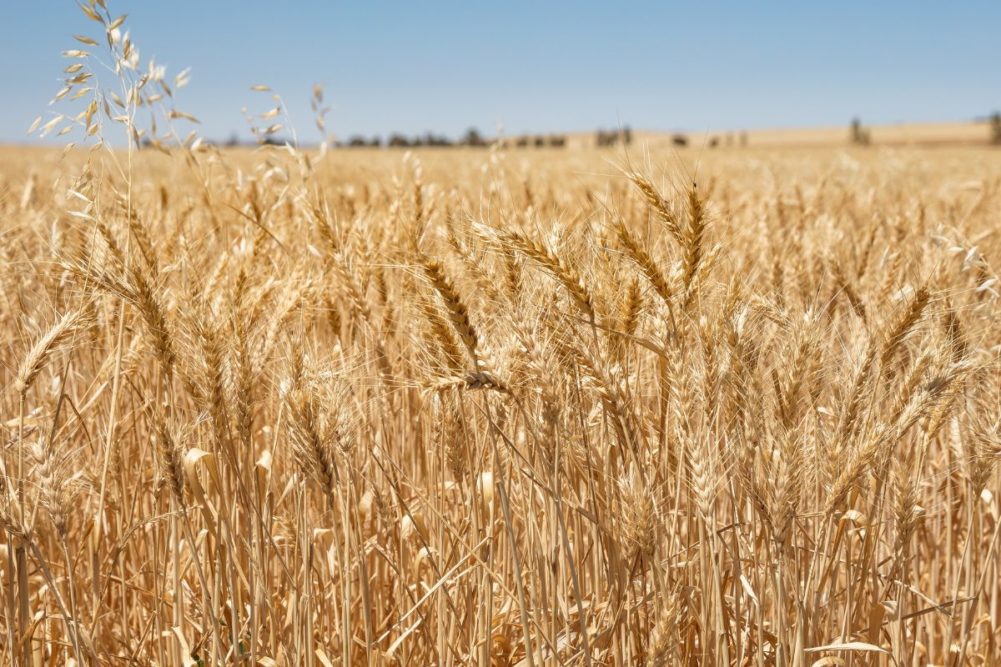CANBERRA, AUSTRALIA — After three consecutive years of record-setting wheat crops in Australia, production in marketing year 2023-24 is forecast to dip 25% from the previous year to what would still be the fourth largest total over the last 10 years, according to a Global Agricultural Information Network report from the Foreign Agricultural Service (FAS) of the US Department of Agriculture.
“Favorable conditions around the time of winter grain planting across most production areas of Australia bodes well for the establishment and early growth of wheat and barley in 2023-24,” the FAS said. “However, with predicted dry conditions in the coming months, production is expected to be down from the last three years of bumper winter crops.”
The FAS sees wheat production declining to 29 million tonnes from the record 39.2 million tonnes estimated in 2022-23, mainly because of the prediction of drier weather and a retreat in prices.
Wheat harvested area is projected to decline by 2% in 2022-23 to 12.8 million hectares, which would still be the second largest planting over the last 10 years and 8% above the previous 10-year average, the report said.
“The last two years of exceptional rains and excellent commodity prices had resulted in farmers planting practically every available hectare to winter crops,” the FAS said. “This included using areas that were earmarked for fallow and many foregoing their crop rotation plans to optimize planted area of winter crops, mainly wheat, barley and canola.
“This, combined with wheat prices falling by 18% from the recent peak in June 2022 and back toward longer-term average levels, is resulting in farmers deciding to reduce their planted area of wheat, and even more so of barley and canola.”
With a smaller expected wheat crop, the FAS forecasts a 7-million-tonne decline in exports to 23 million tonnes. Despite the 23% anticipated decline, it would still be the fifth largest wheat export total on record.
The report noted that China is by far the largest export destination for Australian wheat, accounting for 26% of shipments (3.2 million tonnes) so far in 2022-23.
There was also good news recently regarding China and the Australian barley industry. Australia announced on April 11 that it has taken steps to attempt to reopen the Chinese market to Australian barley, which essentially has been banned by China during the past three years after its government imposed an 80% import tariff in 2020.
According to multiple media reports, the Australian government recently reached an agreement with China that Australian Foreign Minister Penny Wong said, “creates a pathway for resolution of the dispute over Australian barley.” She said China had agreed to review its duties on the grain over three or four months, and Australia temporarily will suspend its World Trade Organization dispute over the matter during that review period.
The FAS projects Australia’s barley output in 2023-24 to decline by 29% to 10 million tonnes following three straight years of record-setting production.





